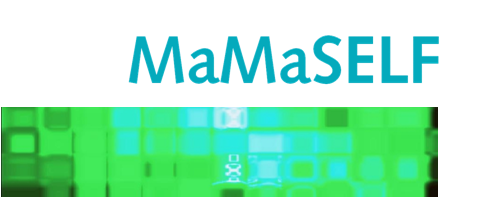Description
Metal organic frameworks (MOFs) are porous materials possessing a modular structure of inorganic secondary building units (metal ions or clusters) connected by organic linkers. MOFs have a wide range of applications, thanks to their large surface area, easily tunable composition and pore size variability: catalysis, gas separation, optically active materials, biomedicine [1]. One of the potential uses of MOFs is as nanoscale carriers for drug delivery and imaging [2]. A promising family of MOFs in this field is MIL-88, an iron carboxylate framework, whose pore size and swelling characteristics [3] depend on the carboxylate linker used and can be adapted to host the desired bioactive molecule.
We focused on the synthesis and characterization of MIL-88A, an iron fumarate framework obtained through non-toxic, microwave – assisted hydrothermal synthesis, which ensures the achievement of particles with sizes in the range of 100 nm. Small acid molecules are reported to be competitors of the fumaric acid linker in the formation of MIL-88A [4], so they can be used as inhibitors to control the nanoparticle growth. In order to master the modulation of the structural characteristics of MIL-88A we carried out a series of syntheses involving different acids in gradual concentrations. In fact, formic acid in increasing concentration leads to a decrease in DLS diameter. Also acetic acid and benzoic acid seem to have the same effect, but the obtained particles are very prone to agglomeration. On all the samples XRD and FTIR were performed to characterize the crystalline phase and the organic linkers. Some selected samples are going to be analysed with TEM.
Future steps of the research include the use of bioactive molecules as modulators, the characterization of the obtained structures and a study in vitro of their applicability as targeted delivery drug carriers, in collaboration with the biology department of the Southern Federal University.
References
[1] V.V. Butova, M.A. Soldatov, A.A. Guda, K.A. Lomachenko, C. Lamberti (2016). Metal-organic Frameworks: structure, properties, methods of synthesis and characterization. Russian Chemical Review, 85 (3), 280-307.
[2] P. Horcajada, T. Chalati, C. Serre et al. (2009). Porous metal–organic-framework nanoscale carriers as a potential platform for drug delivery and imaging. Natural Materials, 9, 172-178.
[3] G. Férey, C. Serre (2009). Large breathing effects in three-dimensional porous hybrid matter: facts, analyses, rules and consequences. Chem. Soc. Rev., 38, 1380-1399.
[4] T. Chalati, P.Horcajada, R. Gref et al. (2011). Optimization of the synthesis of MOF nanoparticles made of flexible porous iron fumarate MIL-88A. J. Mater. Chem, 21, 2220-2227.

